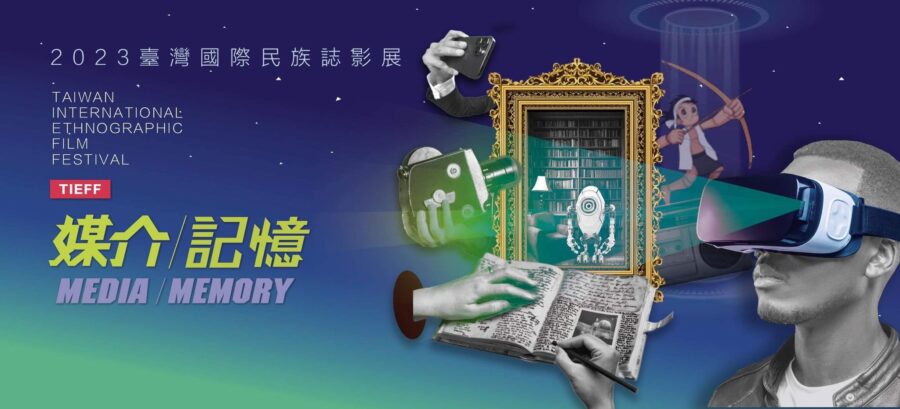Songs of Pastaay
The Pasta’ay, which means the festival of the legendary little people, is a significant ritual held every other year in the Saisiat aborigine group in Taiwan.
Every ten years, they hold the Great Ritual. This film focuses on the Great Ritual in 1986. It tries to convey the Saisiat people’s affection for and belief in the legendary little people. At the same time, the film brings into light Saisiat people’s ambivalence towards tourist invasion, and their dilemma of being caught between tradition and modernization. Structured by the Pasta’ay songs’ movements, the film breaks down to 15 chapters. It carefully juxtaposes the visual with the aural elements, which are conveyed in the conceptual dichotomy between “the real” and “the artificial”.
This film is with the intention to present the content of Pasta’ay (the festival of the legendary little people) of the Saisiat aborigine group in Taiwan by imitating the unusual structure of Pasta’ay songs. The repetitive song pattern seems to reflect the Saisait people’s ambivalent feelings of reverence and fear, welcome and rejection, towards the outsite world, represented by the legendary little people, ta’ay.
